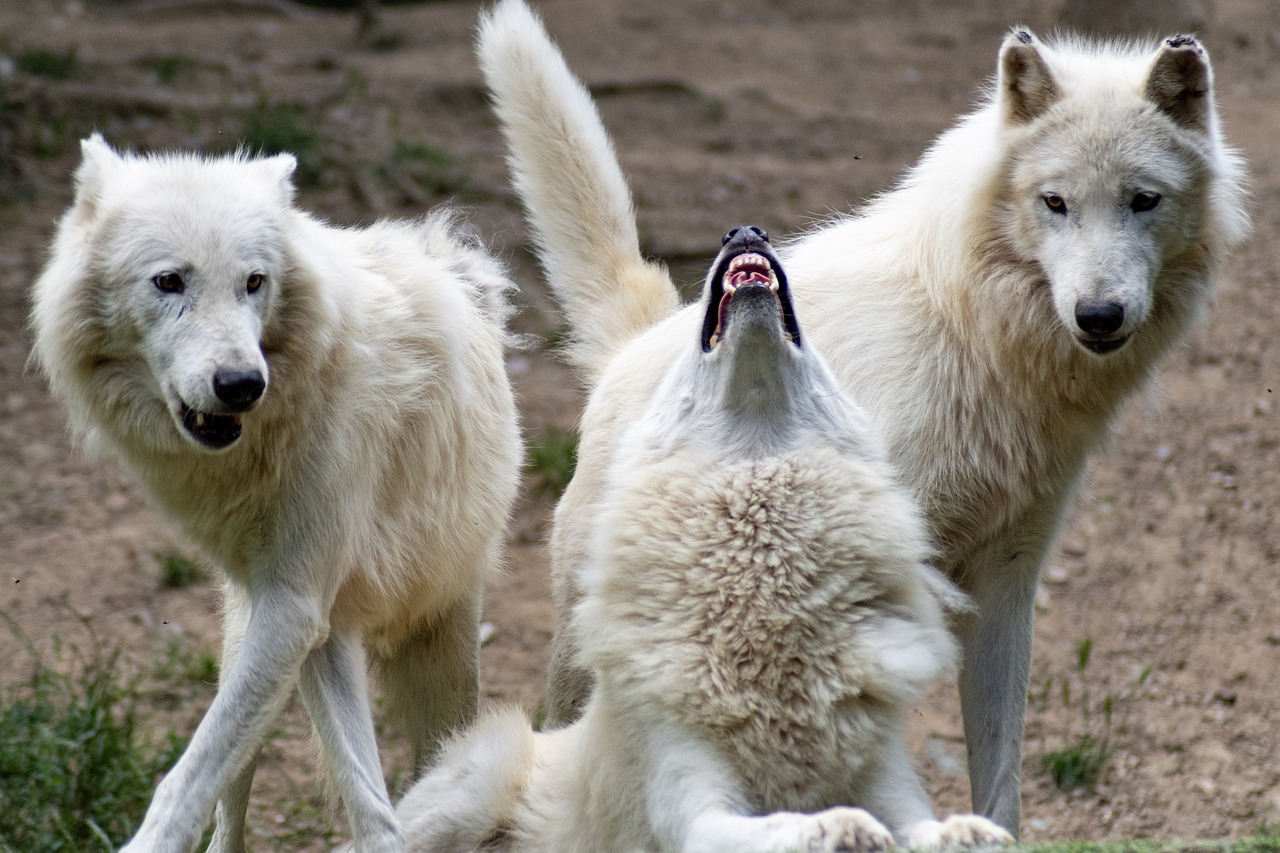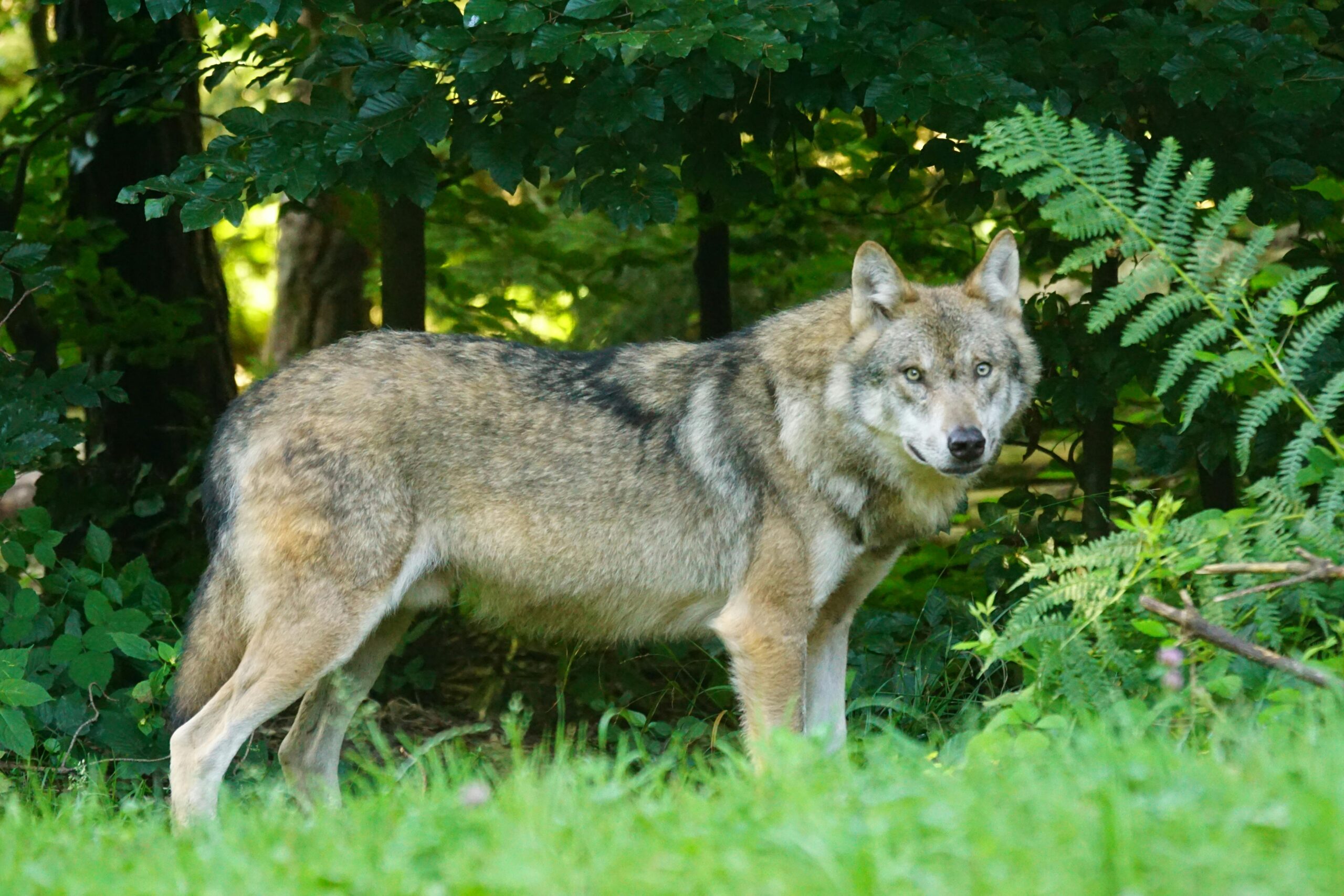Predators and opportunists: Increased numbers of wolves trigger European carpets

The return of wolves to Europe, the continent where this animal was practically wiped out a century or more ago, gives rise to a variety of reactions, more than many other wild animals.In 2023, wolves reappeared in 23 European Union countries, with an estimated 20,000 to 300 wolves. The European Commission notes that the number of wolves in EU countries is generally increasing.
This rise in numbers is not recorded without negative aspects, mainly due to wolves ‘ attacks on livestock; this sometimes leads to sharp records between wolves ‘ advocates and their opponents.In autumn 2023, Ursula von der Layen, President of the European Commission, who lost Bonnie’s horse after being killed by a wolf at her family home in northern Germany, called for a reduction in the level of protection for the grey wolves, which are now strictly protected.
Nicolas Lescoro, a researcher at the National Centre for Scientific Research in Montpellier (South France), said that the relationship between humans and wolves was very old; our current dogs were descended from wolves, as a result of the oldest animal transplant.
He added: “Wolves have been and continue to be the focus of attention of a large number of human societies. Many legends have dealt with their relationship with humans; for example, the wolf is afrenner in a Scandinavian myth.”
The researcher, whose work is centred on relations between humans and animals, explained that these relationships have undoubtedly become more complex with the infusion of certain species of animals (grains, goats, cows and pigs) some 10,000 years ago, pointing out that wolves are opportunistic predators, and where outdoor animal husbandry exists, cattle predators are recorded.In Europe, in the ninth century, former King Charlemagne established a body responsible for the eradication of animals considered harmful, notably wolves.
Success story.
In the 1970s, with the realization that the environment became an important issue, the grey wolf became protected in Europe under the Berne Convention, by Guillaume Chapron, a researcher at the Swedish University of Agricultural Sciences.

He highlighted that saving these meat-eating wild animals is a success story in preserving the environment.
At present, wolves can be killed to protect cattle, under very specific conditions. In France, where there were 1003 wolves in 2023, about 20 per cent of them were killed each year, and the authorities intended to facilitate their killing.
The scientist said: If we weaken protection, wolves can be allowed to hunt without justification, which opens the door to any abuses.
Luigi Boitani, Professor of Zoology at the University of Rome, stated that the belief that the removal of wolves would solve all problems and would not succeed.
He also pointed out that other wild animals, such as wild pigs, deer and birds, could cause much greater damage than werewolves in terms of cost.
In 2022 in France, compensation for damage caused by wolves rose to Euro4 million, while compensation for wild pigs and deer, for example, amounted to Euro65 million.
Nicola Lescoro considered that the wolves reflected a conflict between a declining part of society whose activities were directly dependent on natural resources and which was consequently subject to nature and violence, and an increasing section of society separate from natural emergencies.
Luigi Boatani, President of the International Union for Conservation of Nature ‘ s Large Meat Eating Animals Initiative, called for the avoidance of extremism. He said: “Wolves are neither perfect nor ambiguous nor satanic.”




